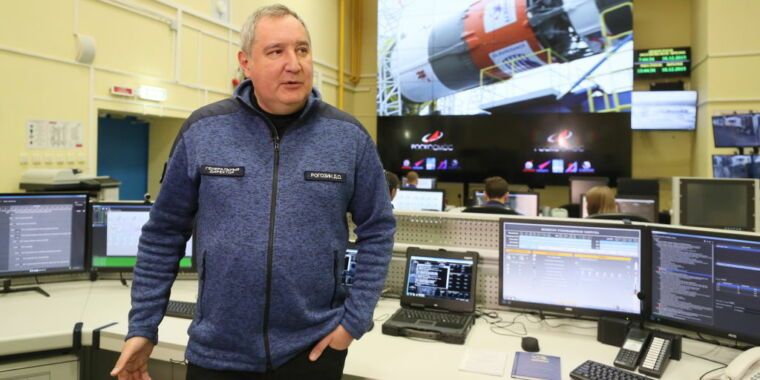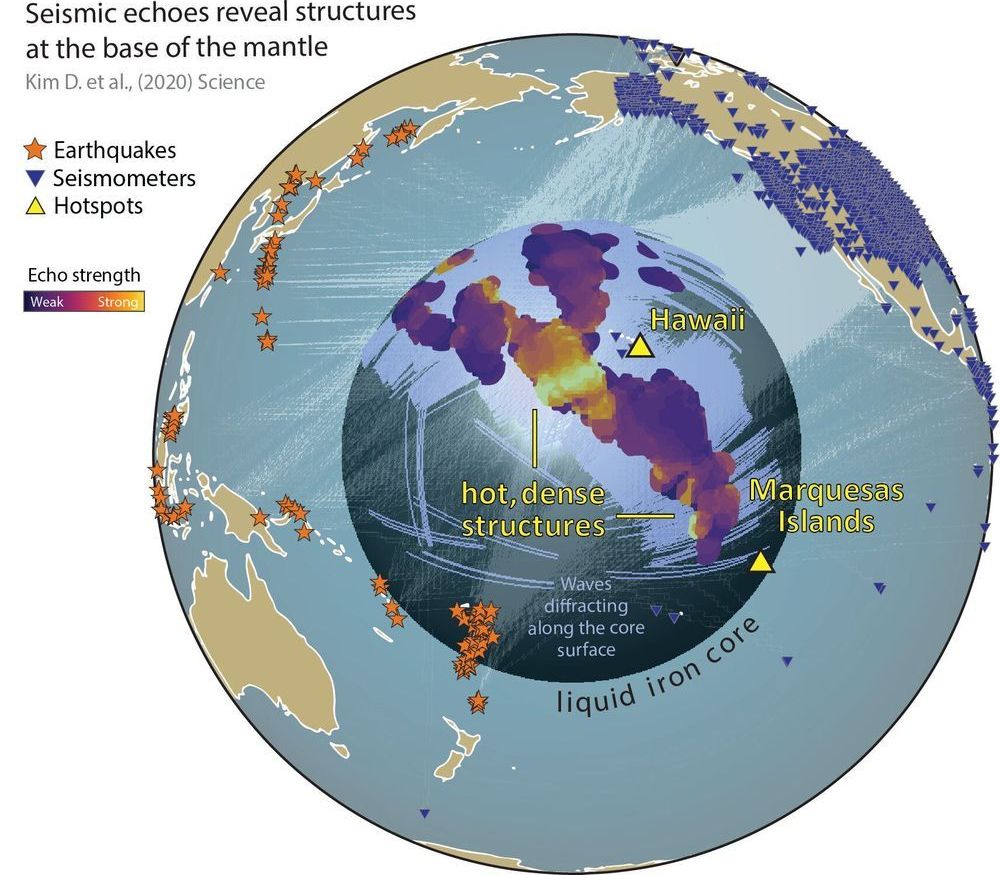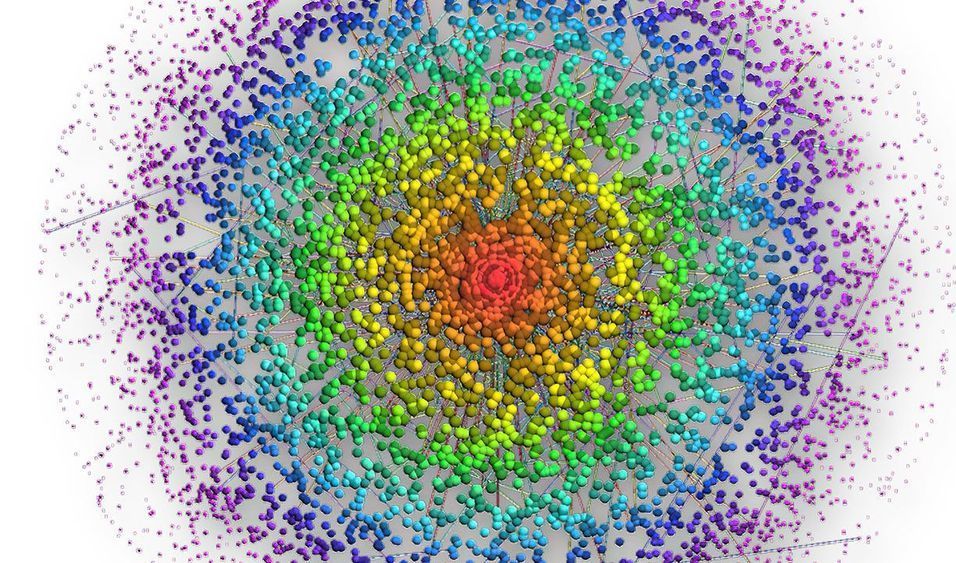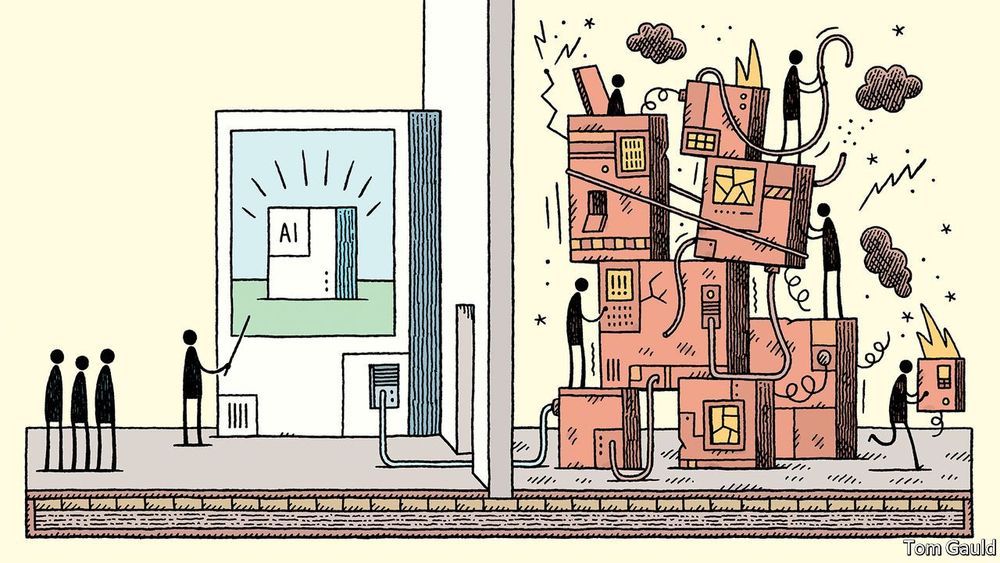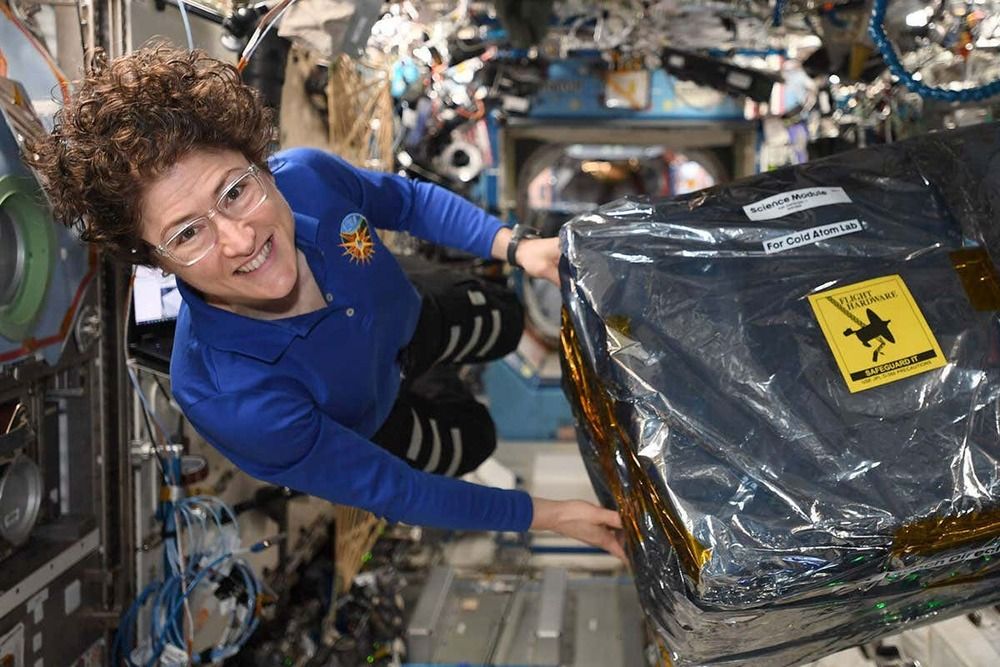Many cultures have found religious experiences with creatures and this soronan desert road has naturally occurring dmt with has actually created many religious organizations for centuries.
Our Vice Mexico team went to the Sonora desert in search of the Bufo Alvarius, an endemic toad species that contains a very high dosage of 5-MEO-DMT in it´s body. 5-MEO-DMT is said to be the most potent hallucinogenic in the world.
Our guide through this trip was Octavio Rettig, a doctor who has studied this toad for more than eight year and has brought the medicine — as he calls the substance — all over the world.
We went to Punta Chueca, Sonora, where we hanged out with the indigenous community who has been taking 5-MEO-DMT from the toad since pre-hispanic times. We met Grandpa Pancho — one of the elders of the town — and travelled with him to the sacred island of Isla Tiburón. There we had a small ceremony where we tried the substance for the very first time.
Watch more Episodes of Mexicalia: http://bit.ly/Mexicalia
